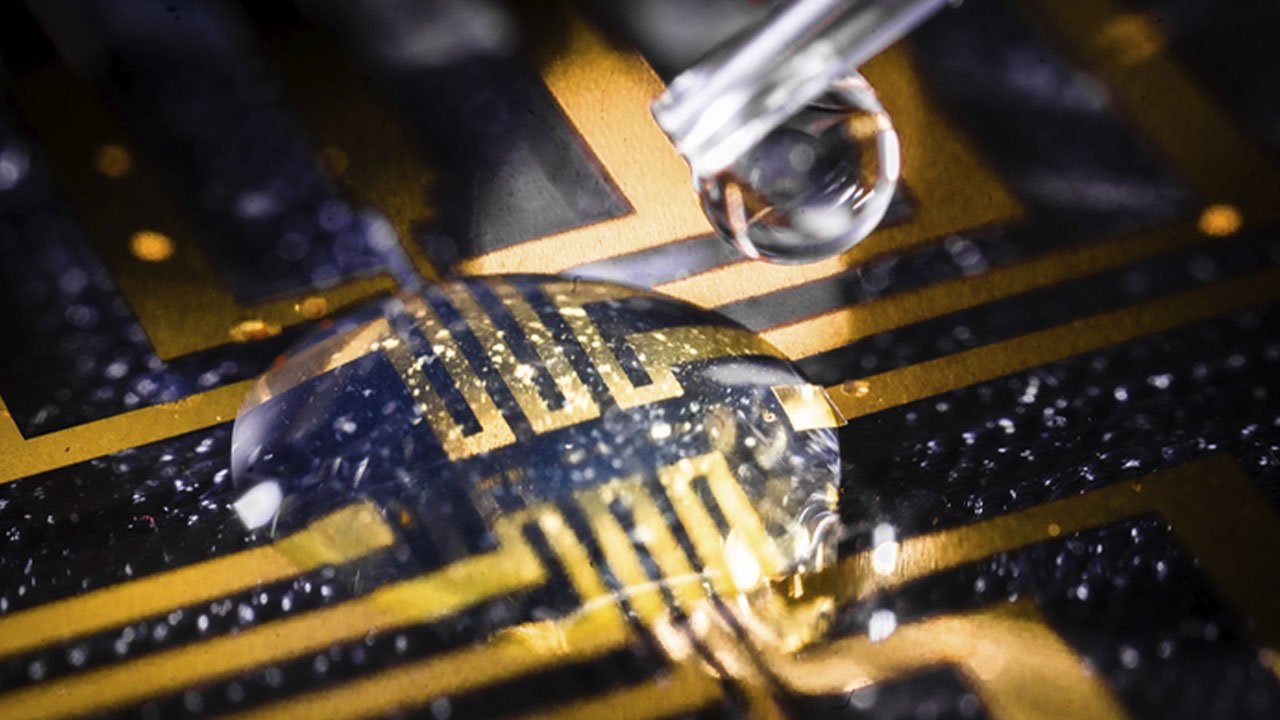Swedish scientists have succeeded in developing electrodes in living tissue taken from the brains of animals using a gel application containing enzymes that become an electrical conductor when in contact with substances naturally found in the body. For researchers, this achievement could lead to advances in the treatment of neurological diseases (for example, with the use of neurostimulation) and the development of interfaces between humans and machines.
The research was led by scientists from the universities of Linköping, Lund and Gothenburg, all located in Sweden. The article containing the results of the research was published in the journal Science.
To create the electrodes, scientists developed a method for developing soft, waste-free materials that conduct electricity in living tissue. They then injected a gel containing enzymes that acted as “assembly molecules” into the tissues of zebrafish and medicinal leeches, thereby succeeding in developing electrodes in the living tissues of these animals.
The scientists succeeded in creating the electrodes in tissues in the brain, heart and tail of zebrafish and around tissues taken from the nervous system of medicinal leeches.
“Contact with substances in the body changes the structure of the gel, making it more electrically conductive than it was before injection. “Depending on the tissue, we can also adjust the composition of the gel to continue the electrical process,” said Xenofon Strakosas, a researcher at Lund University and one of the study’s co-authors.
Traditional bioelectronics have a fixed and static design, making it almost impossible to use in live biological signaling systems. Therefore, the development of these soft, electrically conductive materials in living tissues is very groundbreaking for science.
Electrodes growing in the brain
One of the challenges was to consider the immune systems of the animals, but they were not affected by the processing of the electrodes. According to the researchers, the method could also direct material to specific biological substrates and create an interface to provide nerve stimulation.
Simply add the gel to the living tissue to initiate the process, which does not require any modification or external signals such as electrical energy. According to the research, scientists have succeeded in creating a material with this possibility for the first time.
So far, bioelectronics uses physical materials implanted in the body, so the gel is an important discovery for the future of the field.
“Our results pave the way for new ways of thinking about biology and electronics. We still have a number of problems to solve, but the study is a good start for future research,” said Hanne Biesmans, a researcher at Linköping University. she is one of the authors of the study.
Source: Tec Mundo
I’m Blaine Morgan, an experienced journalist and writer with over 8 years of experience in the tech industry. My expertise lies in writing about technology news and trends, covering everything from cutting-edge gadgets to emerging software developments. I’ve written for several leading publications including Gadget Onus where I am an author.













